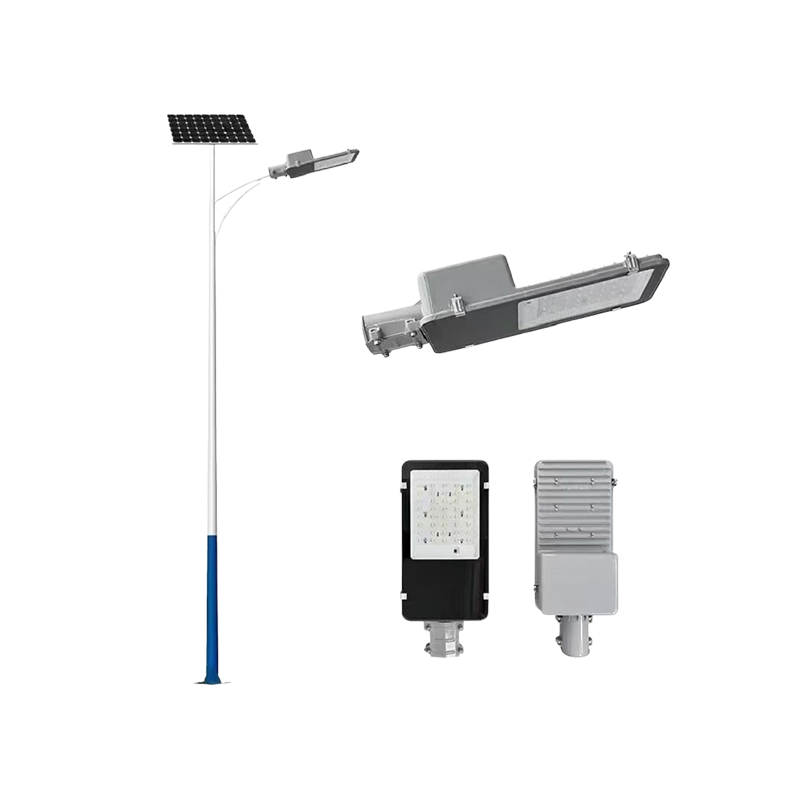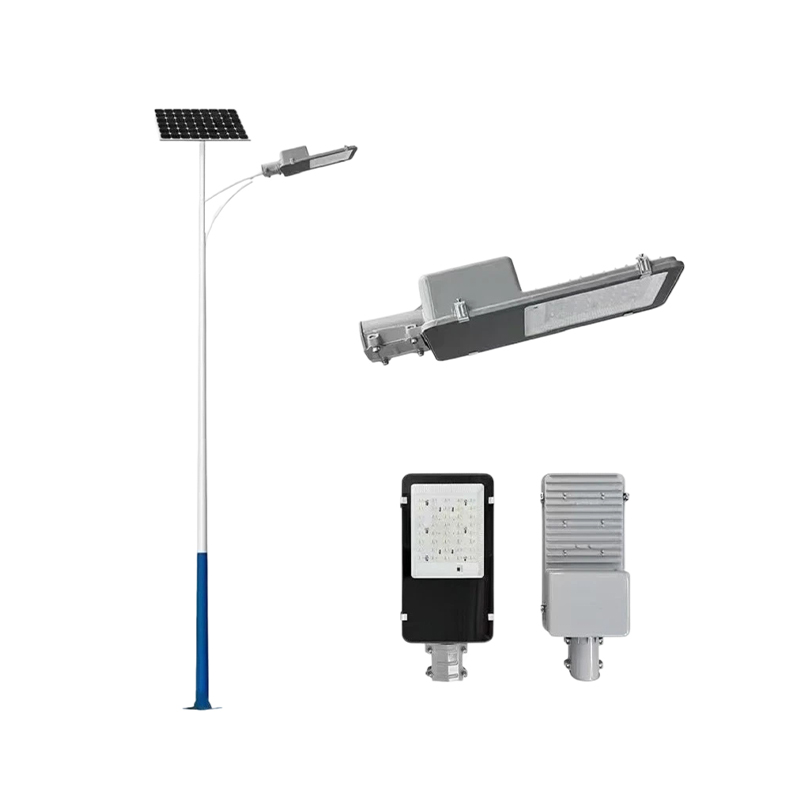How do solar street lights offer a convenient new option for installation without wiring?
Release Time : 2025-11-07
Driven by both the green transformation of urban lighting and the upgrading of rural infrastructure, solar street lights are becoming the ideal choice for modern roads, parks, residential areas, and remote areas' lighting systems due to their core advantages of "no wiring required and easy installation." They not only eliminate the dependence on the power grid for traditional municipal streetlights but also redefine the sustainable development model of public lighting with features such as zero electricity costs, low maintenance, and high safety.
1. No Wiring Required: Completely Free from Power Grid Constraints and Reduced Infrastructure Costs
Traditional streetlight installation requires trenching, cable laying, and connection to distribution boxes, resulting in complex, time-consuming, and costly projects. Especially in mountainous areas, islands, farmland, or old urban areas, the difficulty and cost of wiring often become bottlenecks to the widespread adoption of lighting. Solar street lights, however, use an independent photovoltaic power supply system, with each light being self-contained: the top photovoltaic panel absorbs sunlight during the day and converts it into electricity, which is stored in an internal lithium battery, automatically illuminating the LED light source at night. The entire system requires no external power supply, eliminating the need for cable procurement, civil construction, and power approval. Installation time is reduced from weeks to hours, and overall construction costs can be reduced by 30%–60%. This advantage is particularly significant for temporary construction sites, emergency access routes, or areas without electricity.
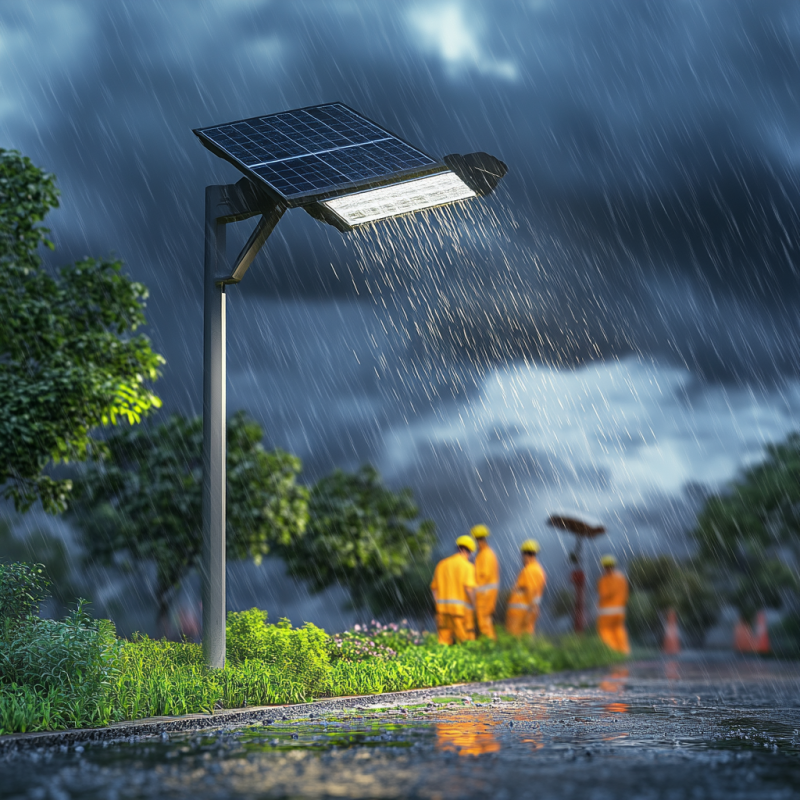
2. Modular Design: Convenient Installation, Adaptable to Diverse Scenarios
Solar street lights generally adopt an integrated or modular structure. The integrated design integrates the photovoltaic panel, LED light head, battery, and controller at the top of the light pole, facilitating transportation and requiring only fixing the light pole and adjusting its orientation for installation. The modular design places the battery inside the light pole or underground, making it more suitable for high-temperature or low-temperature regions and extending battery life. Regardless of the form, it supports multiple installation methods such as ground stakes, flanges, or clamps, adapting to different ground conditions such as concrete, grass, and sand. Two people working together, with a wrench and a drill, can complete the entire installation, truly achieving "plug and play."
3. Intelligent Control: On-Demand Lighting, More Energy-Efficient
Advanced solar street lights are equipped with multiple intelligent modes including light control, time control, and human body sensing. Automatic sleep mode during the day, automatically turning on at night based on ambient light intensity; it can be set to operate at full power during the first half of the night and reduce power during the second half, or to instantly brighten when pedestrians or vehicles are detected, maintaining low brightness when no one is around. Some high-end models also support remote IoT management, allowing real-time monitoring of power consumption, brightness adjustment, and fault alarms via a mobile app or cloud platform, achieving refined energy scheduling. This "on-demand energy supply" mechanism makes efficient use of limited solar energy, significantly improving battery life.
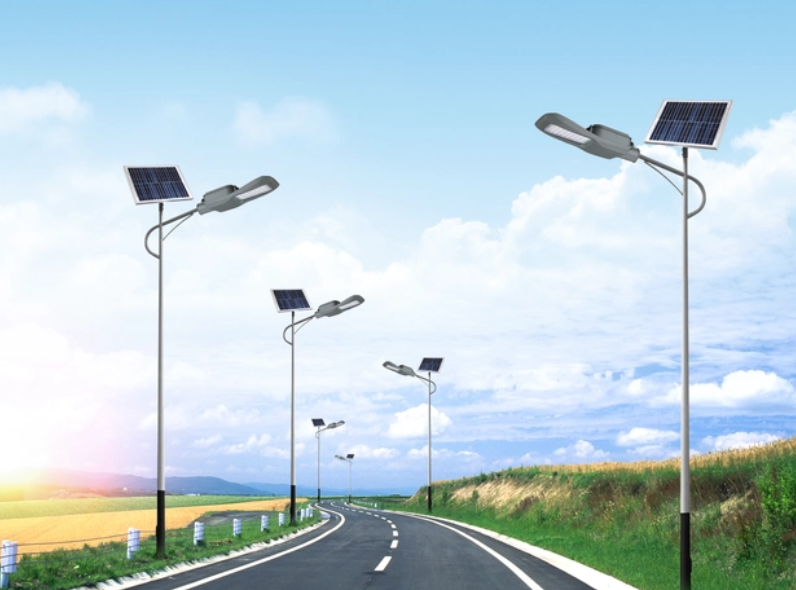
4. Green and Environmentally Friendly: Zero Carbon Emissions, Sustainable Throughout the Entire Lifecycle
Solar street lights do not consume fossil fuels during operation and do not produce pollutants such as carbon dioxide or sulfides. A single light can reduce carbon emissions by approximately 200-400 kg per year. Meanwhile, its core components—LED light sources—have a lifespan of up to 50,000 hours, lithium batteries can be cycled more than 2,000 times, and photovoltaic panels have a 25-year warranty, resulting in extremely low overall maintenance frequency. After disposal, the main materials such as aluminum, silicon wafers, and lithium batteries can be recycled and reused, conforming to the concept of a circular economy. Under the global "dual carbon" goal, the large-scale promotion of solar street lights has become an important path for urban carbon reduction.
5. Safe and Reliable: No Risk of Electric Shock, Adaptable to Harsh Environments
Completely independent of mains power, solar street lights eliminate the risk of electric shock due to leakage or short circuits, making them particularly suitable for damp riverbanks, pool areas, or children's play areas. The light fixtures typically have an IP65 or higher protection rating, making them dustproof and waterproof; the photovoltaic panels are encased in tempered glass, resisting hail and wind pressure; and the lithium batteries are equipped with overcharge, over-discharge, and overheat protection circuits, ensuring safe operation in extreme weather conditions. In the event of power grid outages caused by typhoons, earthquakes, or other disasters, solar street lights can still operate independently, providing crucial emergency lighting.
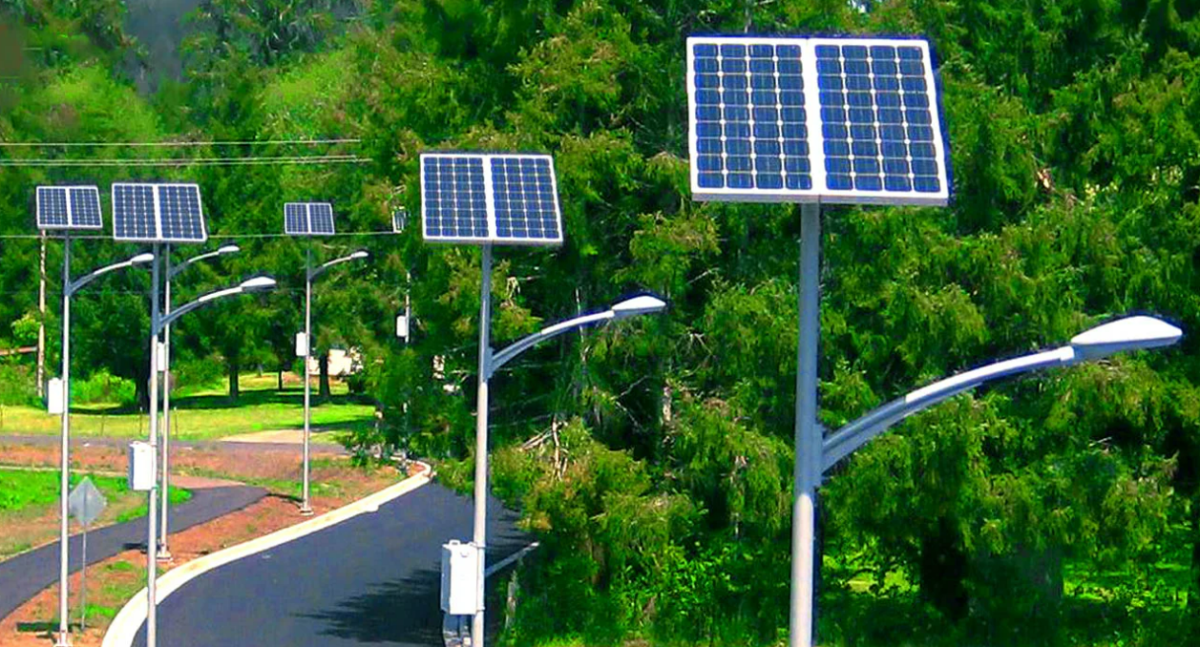
6. Excellent Economic Efficiency: Zero Electricity Costs Long-Term, Considerable Return on Investment
Although the initial purchase cost is slightly higher than traditional streetlights, solar street lights incur virtually no electricity costs throughout their entire lifespan, and maintenance costs are extremely low. For example, a single 30W solar street light replacing a mains-powered streetlight can save approximately 150-300 yuan in electricity costs annually, recovering the price difference within 3-5 years. In regions with high electricity prices or expensive grid connection fees, the economic advantages are even more pronounced. Furthermore, government subsidies for green lighting projects often shorten the payback period.
Solar street lights are not merely lighting tools, but a paradigm of clean energy and smart technology integration. With the freedom of "no wiring required," the efficiency of "easy installation," and the responsibility of "green and low-carbon," they offer a more flexible, economical, and sustainable solution for urban and rural lighting. As photovoltaic conversion efficiency improves, energy storage costs decrease, and smart control becomes more widespread, the application boundaries of solar street lights will continue to expand, from narrow streets to highways, from urban parks to vast rural areas, illuminating every step humanity takes towards a green future.
1. No Wiring Required: Completely Free from Power Grid Constraints and Reduced Infrastructure Costs
Traditional streetlight installation requires trenching, cable laying, and connection to distribution boxes, resulting in complex, time-consuming, and costly projects. Especially in mountainous areas, islands, farmland, or old urban areas, the difficulty and cost of wiring often become bottlenecks to the widespread adoption of lighting. Solar street lights, however, use an independent photovoltaic power supply system, with each light being self-contained: the top photovoltaic panel absorbs sunlight during the day and converts it into electricity, which is stored in an internal lithium battery, automatically illuminating the LED light source at night. The entire system requires no external power supply, eliminating the need for cable procurement, civil construction, and power approval. Installation time is reduced from weeks to hours, and overall construction costs can be reduced by 30%–60%. This advantage is particularly significant for temporary construction sites, emergency access routes, or areas without electricity.

2. Modular Design: Convenient Installation, Adaptable to Diverse Scenarios
Solar street lights generally adopt an integrated or modular structure. The integrated design integrates the photovoltaic panel, LED light head, battery, and controller at the top of the light pole, facilitating transportation and requiring only fixing the light pole and adjusting its orientation for installation. The modular design places the battery inside the light pole or underground, making it more suitable for high-temperature or low-temperature regions and extending battery life. Regardless of the form, it supports multiple installation methods such as ground stakes, flanges, or clamps, adapting to different ground conditions such as concrete, grass, and sand. Two people working together, with a wrench and a drill, can complete the entire installation, truly achieving "plug and play."
3. Intelligent Control: On-Demand Lighting, More Energy-Efficient
Advanced solar street lights are equipped with multiple intelligent modes including light control, time control, and human body sensing. Automatic sleep mode during the day, automatically turning on at night based on ambient light intensity; it can be set to operate at full power during the first half of the night and reduce power during the second half, or to instantly brighten when pedestrians or vehicles are detected, maintaining low brightness when no one is around. Some high-end models also support remote IoT management, allowing real-time monitoring of power consumption, brightness adjustment, and fault alarms via a mobile app or cloud platform, achieving refined energy scheduling. This "on-demand energy supply" mechanism makes efficient use of limited solar energy, significantly improving battery life.

4. Green and Environmentally Friendly: Zero Carbon Emissions, Sustainable Throughout the Entire Lifecycle
Solar street lights do not consume fossil fuels during operation and do not produce pollutants such as carbon dioxide or sulfides. A single light can reduce carbon emissions by approximately 200-400 kg per year. Meanwhile, its core components—LED light sources—have a lifespan of up to 50,000 hours, lithium batteries can be cycled more than 2,000 times, and photovoltaic panels have a 25-year warranty, resulting in extremely low overall maintenance frequency. After disposal, the main materials such as aluminum, silicon wafers, and lithium batteries can be recycled and reused, conforming to the concept of a circular economy. Under the global "dual carbon" goal, the large-scale promotion of solar street lights has become an important path for urban carbon reduction.
5. Safe and Reliable: No Risk of Electric Shock, Adaptable to Harsh Environments
Completely independent of mains power, solar street lights eliminate the risk of electric shock due to leakage or short circuits, making them particularly suitable for damp riverbanks, pool areas, or children's play areas. The light fixtures typically have an IP65 or higher protection rating, making them dustproof and waterproof; the photovoltaic panels are encased in tempered glass, resisting hail and wind pressure; and the lithium batteries are equipped with overcharge, over-discharge, and overheat protection circuits, ensuring safe operation in extreme weather conditions. In the event of power grid outages caused by typhoons, earthquakes, or other disasters, solar street lights can still operate independently, providing crucial emergency lighting.

6. Excellent Economic Efficiency: Zero Electricity Costs Long-Term, Considerable Return on Investment
Although the initial purchase cost is slightly higher than traditional streetlights, solar street lights incur virtually no electricity costs throughout their entire lifespan, and maintenance costs are extremely low. For example, a single 30W solar street light replacing a mains-powered streetlight can save approximately 150-300 yuan in electricity costs annually, recovering the price difference within 3-5 years. In regions with high electricity prices or expensive grid connection fees, the economic advantages are even more pronounced. Furthermore, government subsidies for green lighting projects often shorten the payback period.
Solar street lights are not merely lighting tools, but a paradigm of clean energy and smart technology integration. With the freedom of "no wiring required," the efficiency of "easy installation," and the responsibility of "green and low-carbon," they offer a more flexible, economical, and sustainable solution for urban and rural lighting. As photovoltaic conversion efficiency improves, energy storage costs decrease, and smart control becomes more widespread, the application boundaries of solar street lights will continue to expand, from narrow streets to highways, from urban parks to vast rural areas, illuminating every step humanity takes towards a green future.

